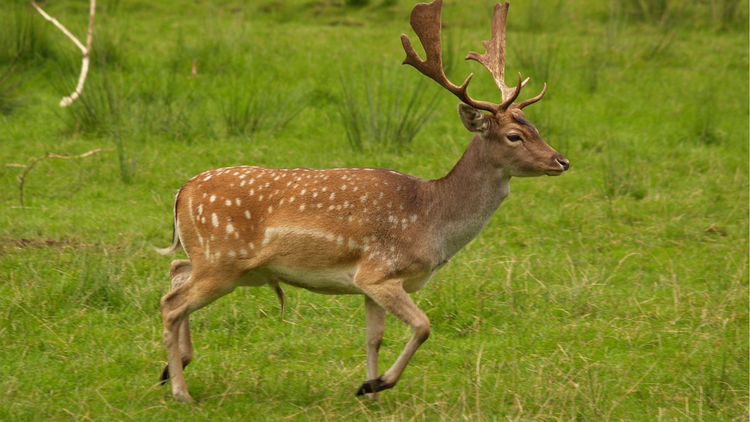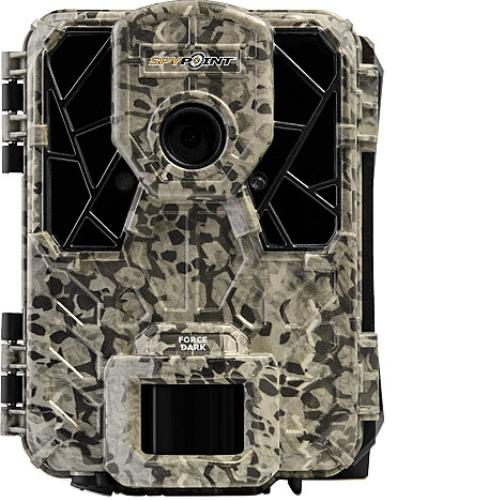Fallow Deer in Ireland: A Historical and Ecological Insight

Fallow Deer in Ireland
Ireland's lush landscapes and diverse ecosystems are home to a variety of wildlife, including several species of deer. Among these, the Fallow Deer holds a special place, both historically and ecologically. Known for their distinctive appearance and fascinating behaviors, Fallow Deer are an integral part of Ireland's natural heritage.
The History of Fallow Deer in Ireland
Fallow Deer (Dama dama) have a long and storied history in Ireland. Unlike the native Red Deer, Fallow Deer were introduced to Ireland by the Normans in the 12th century. They were brought over for hunting and ornamental purposes, often kept in deer parks on large estates. Over the centuries, some of these deer escaped or were released into the wild, establishing free-ranging populations.
Today, Fallow Deer can be found in various parts of Ireland, from County Wicklow's forests to the woodlands of Killarney National Park. Their successful establishment and expansion are testament to their adaptability and the suitable habitats found across the country.

Distinctive Characteristics of Fallow Deer
Fallow Deer are medium-sized deer, with males (bucks) weighing up to 90 kilograms and females (does) around 40 to 60 kilograms. They are easily recognizable by their striking coats, which change with the seasons: a reddish-brown coat with white spots in summer and a darker, thicker coat in winter. Bucks have impressive palmated antlers, which can spread up to 70 centimeters and are shed and regrown annually.
Fallow Deer are known for their unique behaviors, particularly during the rutting season in autumn. Bucks engage in vocal displays, emitting deep groans to attract females and deter rivals. They also participate in dramatic antler clashes to establish dominance and breeding rights.
Ecological Impact of Fallow Deer in Ireland
While Fallow Deer add to the biodiversity of Ireland, their presence also has significant ecological implications. They play a role in shaping the structure and composition of woodlands and grasslands through their feeding habits. Fallow Deer primarily graze on grasses and browse on leaves, bark, and young shoots. This browsing can influence plant community dynamics, promoting certain species while inhibiting others.
In areas where Fallow Deer populations are high, overgrazing and browsing can lead to negative impacts on vegetation. This can affect forest regeneration, alter habitat structures, and reduce biodiversity. For instance, heavy browsing on young trees can prevent forest regeneration, leading to more open landscapes. This can have cascading effects on other wildlife, particularly species that depend on dense undergrowth or specific plant communities.
Conservation and Management
Managing Fallow Deer populations is essential to balance their ecological role with the preservation of Ireland's natural habitats. In some areas, population control measures, such as regulated hunting, are implemented to prevent overpopulation and mitigate ecological damage. Conservationists and land managers work to monitor deer numbers and their impact on ecosystems, ensuring that Fallow Deer can coexist with other wildlife and plant species.
Public awareness and education also play a crucial role in deer management. By understanding the behavior and impact of Fallow Deer, communities can contribute to conservation efforts and support sustainable practices. This includes promoting responsible wildlife tourism, participating in citizen science projects, and advocating for policies that protect both deer and their habitats.
Conclusion
Fallow Deer are a fascinating and integral part of Ireland's wildlife heritage. Their historical presence, distinctive appearance, and ecological impact make them a species of great interest and importance. As Ireland continues to balance conservation efforts with the challenges of managing wildlife populations, the story of Fallow Deer serves as a reminder of the complex interplay between humans and nature. By fostering a deeper understanding of these graceful creatures, we can ensure their place in Ireland's landscapes for generations to come.










